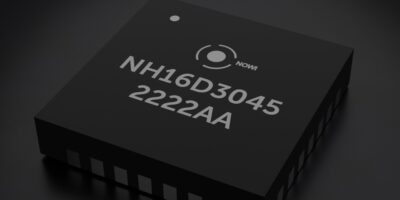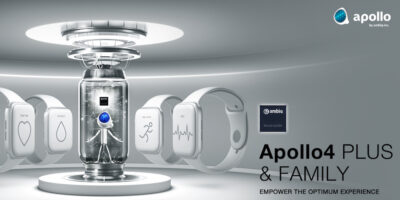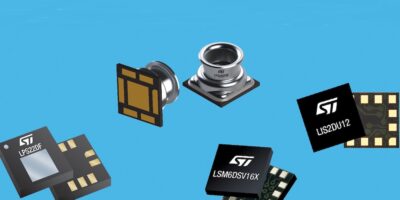For use in a range of healthcare, industrial and IT applications, the Sense passive range of RFID devices by Omni-ID, are temperature, moisture sensing and liquid volume measurement devices that incorporate the Axzon Magnus M3D chip.
The Sense range consists of ceramic tags and printable on-metal and off-metal self-adhesive labels which can read live temperatures as low as -70 degrees C and up to +125 degrees C. They indicate the presence of moisture and measure the volume of liquids in containers. They are battery-less so do not require maintenance and are therefore suitable for monitoring the condition of assets in transit and storage.
They serve a broad range of use cases including monitoring the volume of liquids in glass vials for vaccine management systems, monitoring the temperature of machine components to enable predictive maintenance, cold chain management of foods and pharmaceuticals and monitoring the moisture levels and live temperature monitoring of servers in data centres.
The wireless devices accurately measure temperature to a tolerance of 0.5°C and offer read ranges between 1.75m and 5m, making them ideal for use in hazardous industrial environments where thermocouples would traditionally be used to monitor the current temperature of assets.
The tiny ceramic tags measure 15 x 15mm to monitor the condition of assets where space is limited, while on-metal and off-metal labels are designed to attach to assets with flatter surfaces.
The Omni-ID Sense passive range is made up of the Sense FIT 500, the Sense IQ 550P, the Sense IQ 175, the Sense IQ430 and the Sense IQ 200P.
The Sense FIT 500 is a small form ceramic tag for sensing temperature and moisture with a read range of up to 5. The Sense IQ 550P is a global frequency, printable off-metal label for sensing temperature, moisture and liquid fill level with a read range of up to 5.8m. The Sense IQ 175 is a US and EU dual frequency printable on-metal label for sensing temperature and moisture with a read range of up to 1.75m. The Sense IQ 430 is a dual frequency (US and EU) printable on-metal label designed for sensing temperature and moisture with a read range up to 4.3m and the Sense IQ 200P is an off-metal circular label for sensing temperature and moisture on non-metallic assets with a read range of up to 2m.
The Sense passive tags join the SenseIoT range of active tags which provide high-powered, long-range tracking and sensing via Bluetooth, LoRa, Quuppa and GPS.







